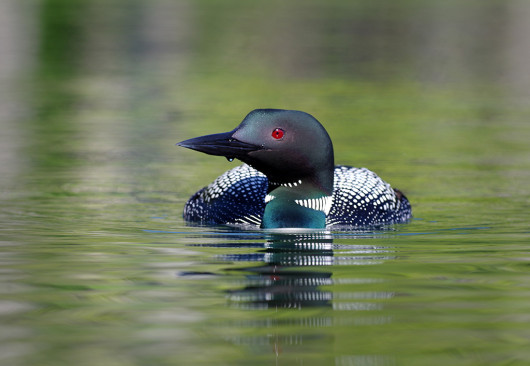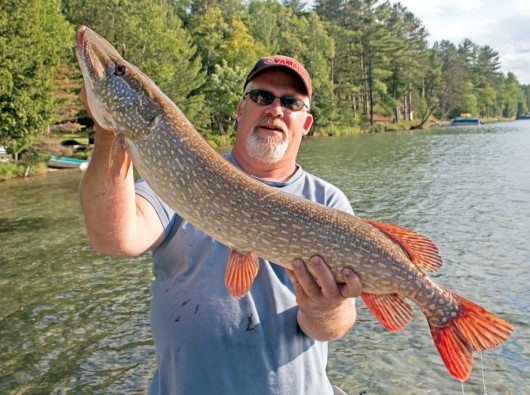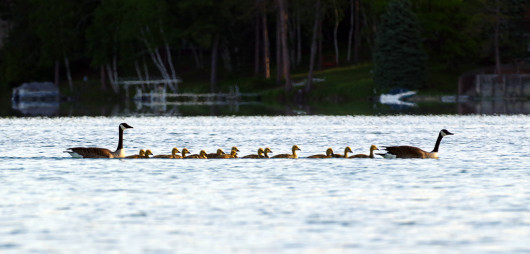This is a mother mallard and her brood in Ghost Bay. Anas platyrhynchos. Out of the water, the hen’s speculum is very clear. It’s that band of metallic blue wing color, edged with a bit of white. Well, the blue is clear anyway.
The mallard hen builds a nest near tallish wetland plants or under a shrub. Actually, mallards are quite adaptable and in cities they may even nest in a flower planter. The hen scrapes around a bit, lays her eggs, and then puts grass, reeds, and leaves around her to make a rim for the nest. It will be lined with soft down feathers. The clutch of between 9 to 13 eggs will take around 30 days to incubate.
The male mallard’s role in all this is pretty minimal. Only the hen sits on the nest. Only the hen looks after the ducklings. The male drake heads off to join a flock and sort of just hangs out and molts. Before the fall migration, his bright courting feathers will be replaced with dull brown feathers–his eclipse plumage.
The ducklings are out of the nest and into the water within one day of hatching. They won’t be able to fly for about two months and they will stick close to their mother until then. In the early days they are so small that big fish or snapping turtles will find them a tasty morsel. On our lake they might also be lunch for a Bald Eagle.
By mid-July, the ducklings have grown so much that it’s not easy to distinguish them from their mother. I think that’s mom bringing up the rear. By about 10 weeks, the young ones will leave the family group to join a flock.












